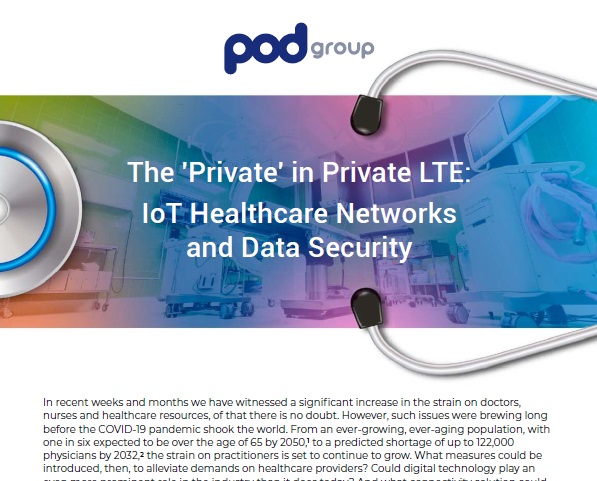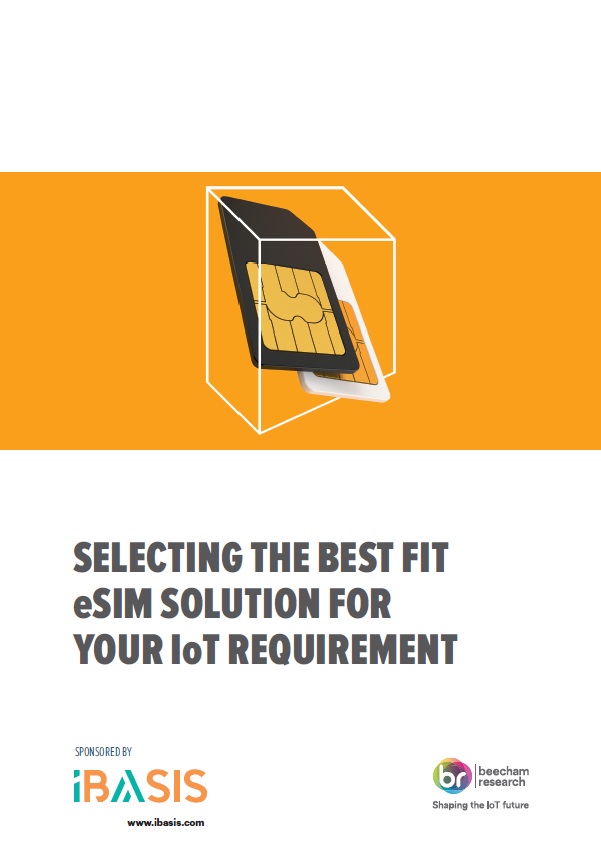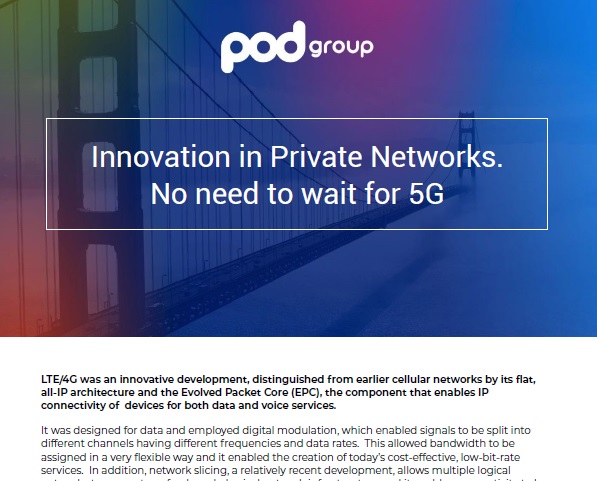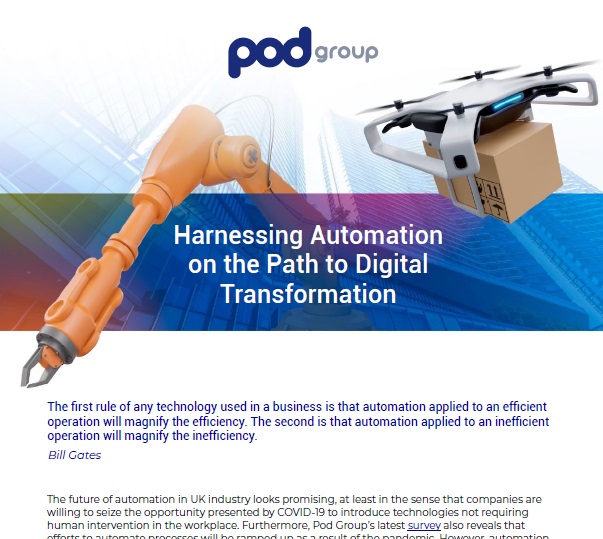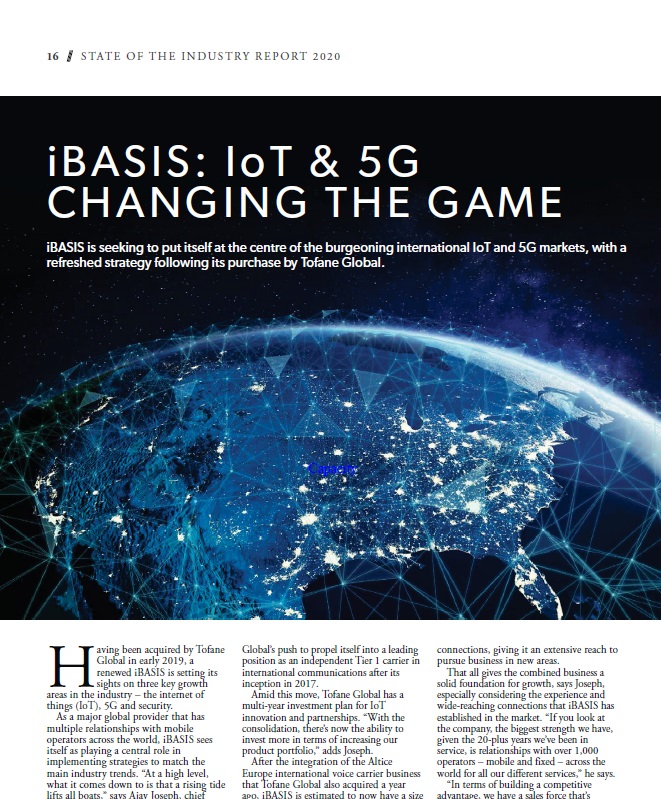Will COVID-19 change the face of automation?
The year is 2020 and the world is gripped by the COVID-19 pandemic. With social distancing and remote working highly encouraged, our reality has changed drastically in a space of weeks and months. A return to the pre-coronavirus status quo seems unthinkable and waves of change are being felt across all levels of society. How will businesses react amidst widespread reports of temporary layoffs and long-term unemployment which are fueling the growing impact of the virus on the global economy?
The ‘Private’ in Private LTE: IoT Healthcare Networks and Data Security
From inpatient monitoring to connected drug delivery systems, remote appointments to at-home care for high-risk patients, the use cases of IoT in healthcare are infinite. Given the rising pressure on doctors and nurses, IoT applications could be more widely implemented to alleviate the strain, ensuring patients continue to receive the same high - or even improved - levels of care. Not only do connected devices aid physicians, they may also empower patients to play a more active role in managing their own health. First, though, a reliable connectivity solution is required in order to successfully deploy, and take full advantage of the benefits offered by IoT health applications.
SELECTING THE BEST FIT eSIM SOLUTION FOR YOUR IoT REQUIREMENT
Up to now, IoT has always had to use standard plastic SIMs , but eSIM is changing all that with the potential for increased openness and flexibility.
Innovation in Private Networks: no need to wait for 5G
LTE clearly has the right attributes for private business networks and the key performance parameters, a peak rate of 1 Gbps and latency less than 50 milliseconds, are state-of-the-art figures. They can run low data rate applications like LTE-M and NB-IoT, as well as the high data rates needed for on-line security cameras. This adds up to a very positive case for employing LTE connectivity on private networks.
Harnessing Automation on the Path to Digital Transformation
The future of automation in UK industry looks promising, at least in the sense that companies are willing to seize the opportunity presented by COVID-19 to introduce technologies not requiring human intervention in the workplace. Furthermore, Pod Group’s latest survey also reveals that efforts to automate processes will be ramped up as a result of the pandemic. However, automation technology needs to be adopted for the right reasons and with a clear strategy. Not defining the“how” will get businesses nowhere, with the outcome a far cry from what was initially envisaged.
iBASIS: IoT & 5G CHANGING THE GAME
iBASIS is seeking to put itself at the centre of the burgeoning international IoT and 5G markets, with a refreshed strategy following its purchase by Tofane Global.
THE NEXT GENERATION SIM AND HOW IT WORKS
This paper will look at the characteristics of the traditional, Standard SIM and of the next generation of SIM and explain how they are different and the resulting benefits of the next generation of SIM technology
The Truth About eSIM: The Top 5 Myths – and Facts
As IoT capabilities and cellular connectivity requirements change, the emergence of eSIM has been heralded as the ultimate answer. While it certainly can help alleviate many of the current challenges IoT providers face – like achieving cost-effective global coverage and prolonging the lifespan of their investments – there are a few misconceptions that still need to be cleared up. The promise of eSIM is great, but the first step in implementing this new technology is understanding its capabilities as well as its ideal use-cases.


